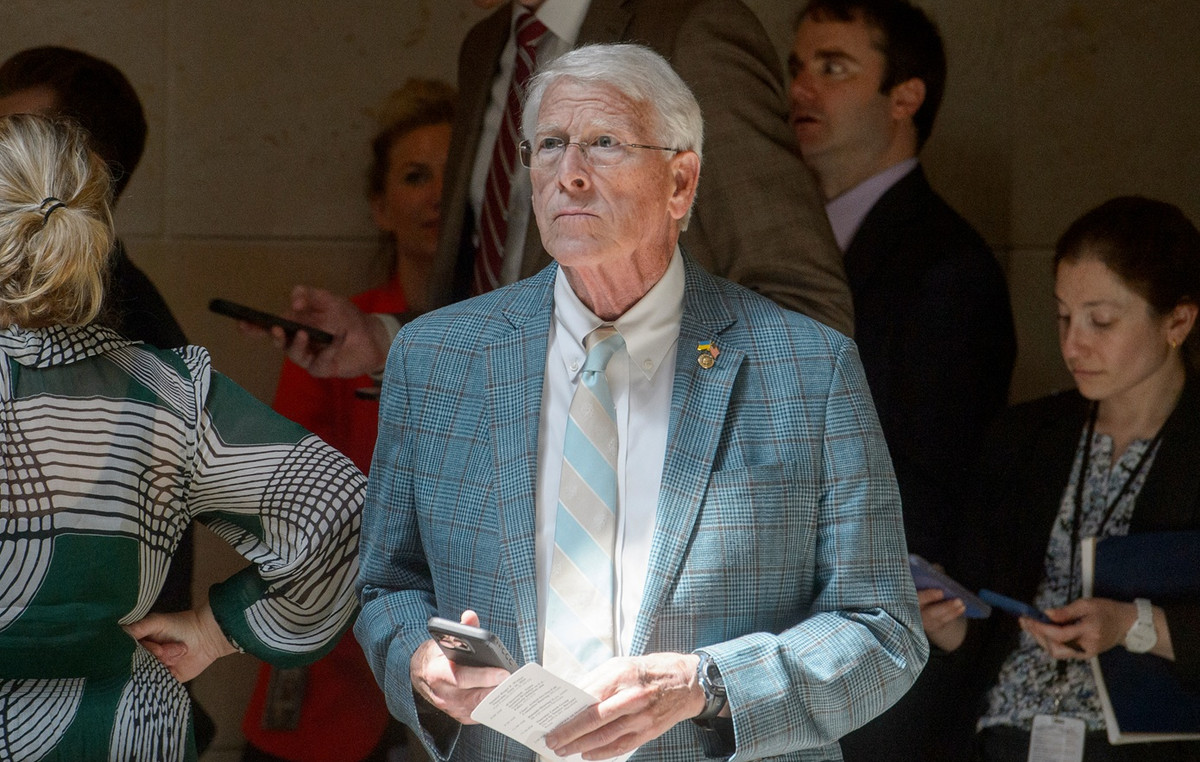The divisions on the U.S. Supreme Court have deepened over the past nine months. This week, the situation got even worse with a decision pushed by its conservative majority granting former President Donald Trump partial immunity for actions taken while the Republican was in office.
In its current formation, the court’s curbing of the U.S. government’s ability to regulate industry — following recent actions that rolled back abortion rights, expanded gun rights and rejected racially-based college admissions quotas — has revealed ideological fractures that reflect a deeply divided nation.
These and other decisions moved American law sharply to the right.
Liberal Justice Sonia Sotomayor accused her conservative colleagues of embracing a dangerous expansion of presidential powers by ruling that Trump, who is now seeking a return to the White House, is immune from prosecution for some of his efforts to overturn his 2020 election defeat that led to the January 6, 2021, attack on the U.S. Capitol.
Trump is the first former U.S. president to be criminally charged and the first to be convicted. He is now the Republican challenger to Democratic President Joe Biden in the Nov. 5 U.S. election, a rematch of their race four years ago.
“The relationship between the president and the people he serves has irrevocably changed,” Sotomayor wrote in a dissent, joined by fellow liberal Justices Elena Kagan and Ketanji Brown Jackson. “In every exercise of official power, the president is now a king above the law.”
Chief Justice John Roberts, part of the conservative majority strengthened by the three Trump appointees, in his ruling accused liberals of “fear mongering based on extreme hypotheses.”
Harvard Law School professor Mark Tushnet said the mandate has deepened the ideological divide in the nation’s top judicial body.
“The division between conservatives and progressives that existed before this term seems to me to have hardened a bit, although it is not completely calcified,” Tushnet said. “The rancor that was again present before this term seems to me to have increased.”
Public opinion
The court’s position in public opinion polls was divided along partisan lines.
Before the June 2022 ruling that ended the court’s recognition of a woman’s constitutional right to abortion, most Republicans and Democrats viewed the court favorably, according to a Reuters/Ipsos poll. Since then, Democrats have soured, while Republican approval has risen.
In December 2021, 57% of respondents — including 57% of Democrats and 55% of Republicans — expressed a favorable opinion of the court. A poll last month found that Democratic approval had fallen to 22%, with Republican approval rising to 69%. That put overall approval at 41%.
An ongoing effort by Democrats in Congress to reform the Supreme Court’s ethics has made little progress this term, even as conservative justices have faced new scrutiny for actions outside the court.
Justice Samuel Alito, for example, had flags linked to the January 6th movement flying from two of his houses. Justice Clarence Thomas, on the other hand, did not disclose a luxury vacation he accepted from a billionaire friend.
Alito said it was his wife who raised the flags. Thomas said he considered the trips a type of personal hospitality exchanged regularly between friends.
‘Judicial hubis’
Another decision decided along ideological lines last week dealt a major blow to federal regulatory power by overturning a 1984 precedent that led to a legal doctrine known as “Chevron deference,” which called on judges to give deference to federal agencies in interpreting the laws they administer.
Kagan said the court has elevated its power over the other two branches of the U.S. government — executive and legislative.
“A rule of judicial humility gives way to a rule of judicial arrogance,” Kagan wrote. “In recent years, this Court has too often taken upon itself the decision-making authority that Congress has given to agencies.”
The court’s liberals expressed their displeasure beyond their written dissents.
“There are days when I’ve come into my office after a case is announced, closed the door and cried,” Sotomayor said during remarks in May at Harvard University. “And there will probably be more.”
Not all of the bruising arguments inside the court have occurred along the conservative-liberal divide.
The court ruled 6-3 last month to allow — for now — abortions in Idaho when pregnant women face medical emergencies. But the justices dismissed the controversial issue without actually deciding the underlying legal dispute.
Alito, Thomas and fellow conservative Neil Gorsuch dissented.
“The court appears to have simply lost the will to decide the easy but emotional and highly politicized issue that this case presents. That is regrettable,” Alito said.
Jennifer Mascott, a law professor at Catholic University, said bitter dissenters have a long history on the Supreme Court. She pointed to cases where the term “runs counter to the narrative” that the court is ideologically divided or reflexively opposes the regulatory “administrative state.”
Mascott cited the court’s 7-2 decision, authored by Thomas, that upheld the Consumer Financial Protection Bureau’s funding mechanism, delivering a victory for the Biden administration and a setback to the agency’s conservative critics.
But other legal experts said the term will be remembered for decisions that undermined federal regulatory power and vastly expanded presidential powers, with scant support from the court’s liberals.
“In other circumstances, Chief Justice Roberts’ failure to bring even one progressive to his side on presidential immunity would be considered a serious failure of leadership,” Tushnet said. “His tone in responding to dissents, which is more elevated than I think is necessary, may stem in part from that frustration.”
Source: CNN Brasil
Bruce Belcher is a seasoned author with over 5 years of experience in world news. He writes for online news websites and provides in-depth analysis on the world stock market. Bruce is known for his insightful perspectives and commitment to keeping the public informed.







